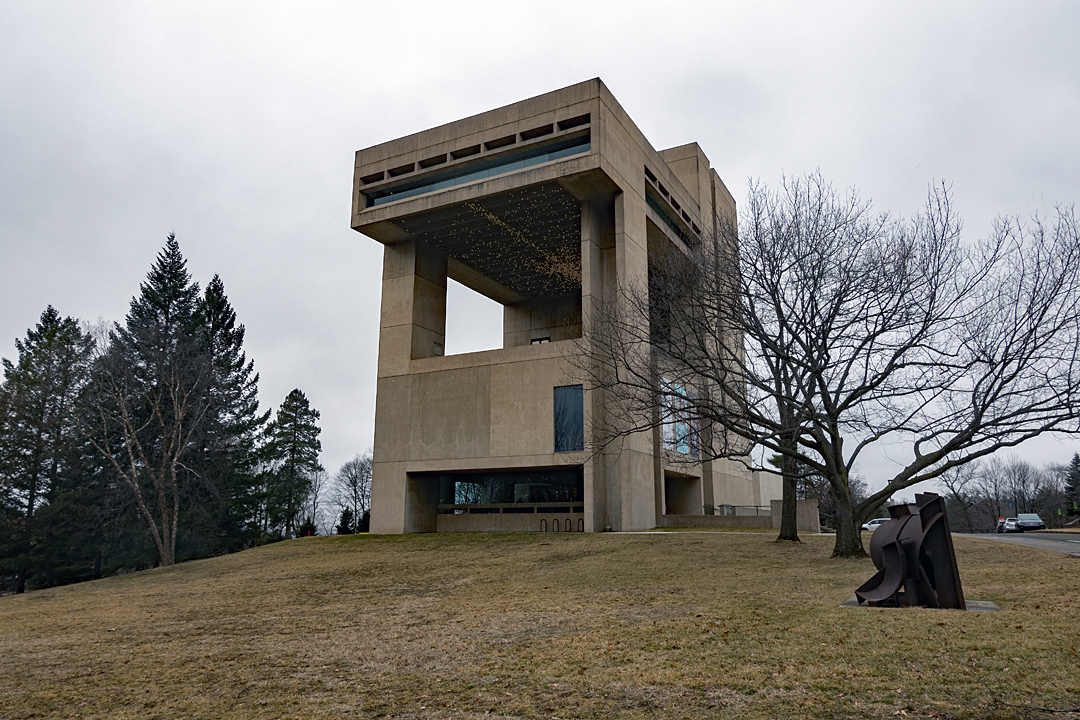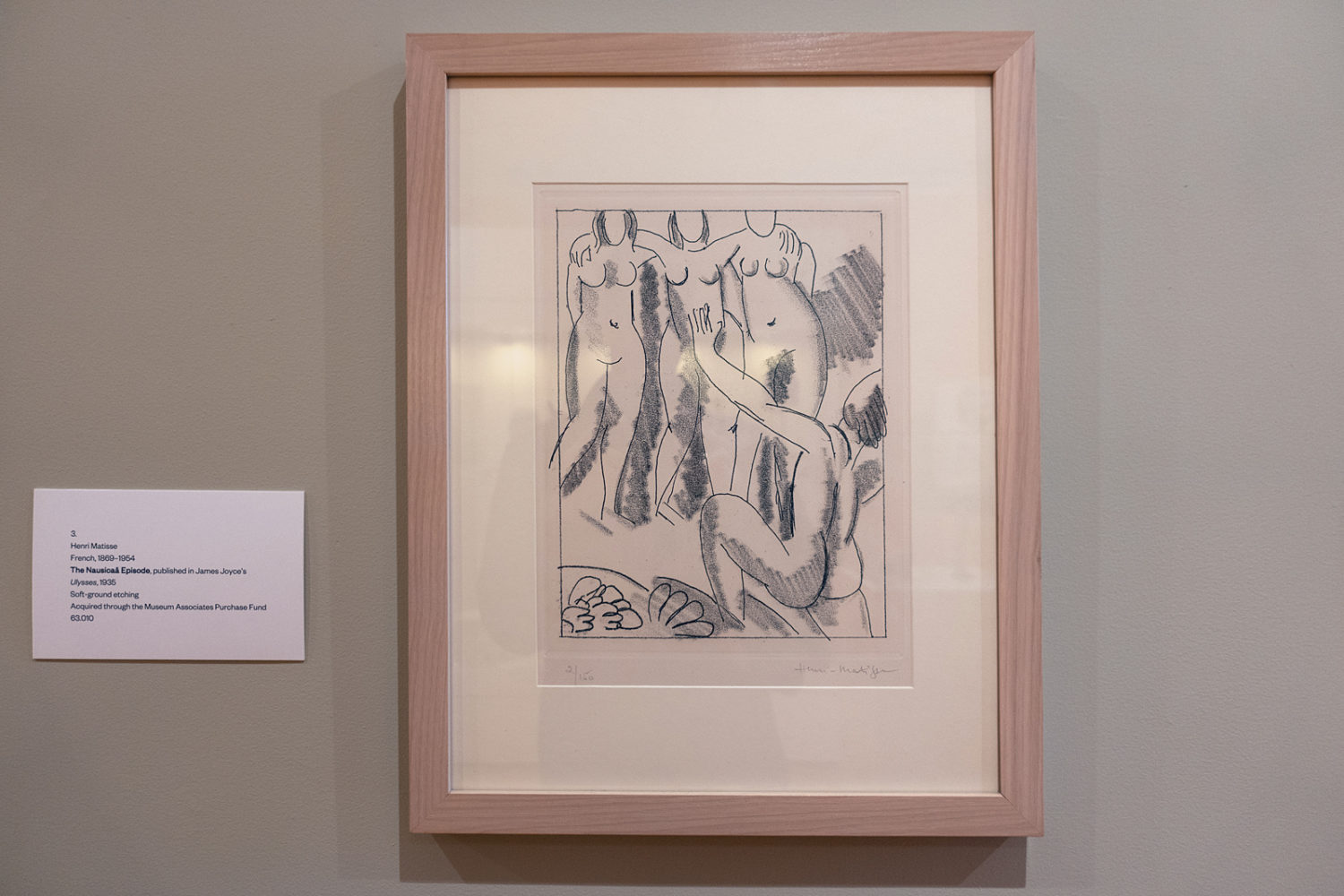
I.M. Pei’s Johnson Museum, at the top of a hill overlooking Cayuga Lake on Cornell’s campus is real treasure. We make a point of visiting Ithaca every winter, usually in conjunction with a cross country ski but not this year. We park in the public lot behind the library and walk through the Commons and then uphill to the Johnson, the citadel. Ithaca is not only gorges it has some serious hills, like San Francisco. The alumni have contributed mightily to the collection and they have some real gems from Giacometti, Arthur Dove, Otto Dix and Philip Guston.

I’ve been reading James Joyce’s short story collection, “The Dubliners,” and am struck by how his vivid depictions of that era feel so contemporary. James Joyce’s “Ulysses” was inspired by the ancient Greek epic the Odyssey and Henri Matisse was hired in 1935 to illustrate an edition. The Johnson Museum has some of the original, soft-ground etchings on display. I love Matisse and found these to be especially beautiful. And then I read the nearby wall tag.
“Matisse seems not to have read Joyce’s novel, instead taking inspiration directly from the Odyssey. In the Circe and Calypso Matisse outlines an entanglement of limbs, representing Odysseus’s amorous encounters with both women. In each case, it is the female figure who seduces Odysseus, while his wife at home remains faithful. In the Odyssey, Nausicaä is self-conscious of being seen with the naked Odysseus, yet Matisse chooses to render the female characters nude. In fact, Matisse seems to suggest it is the women who are actually in the position of power, towering over Odysseus. While Calypso and Circe instigate their encounter with Odysseus, the relationship between Nausicaä and Odysseus is platonic in the original text. However, Matisse still chooses to illustrate Nausicaà as a sexual aggressor.”
Leave a comment